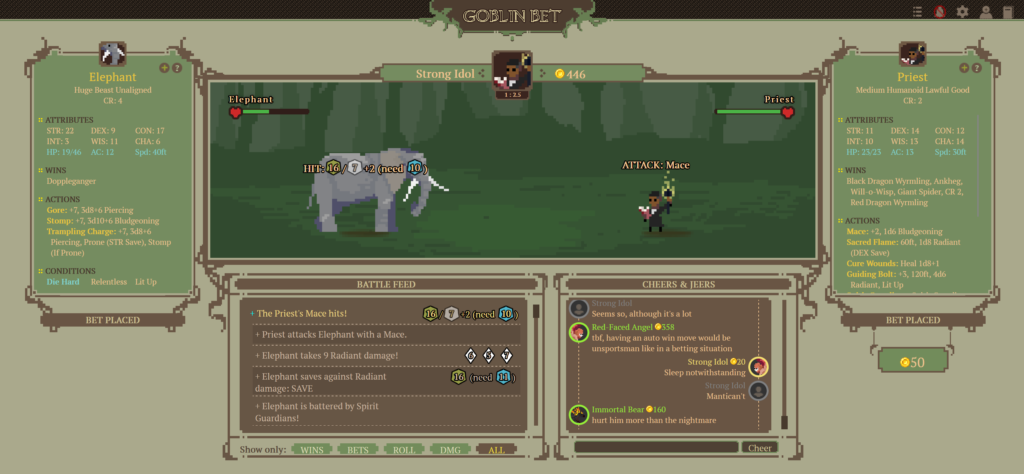This little pocket-sized unit was released in 1981, three years after the VCS/2600, but as the Gameboy proved years after, pocket-sized gaming can get away with less complex hardware than consoles. They called this their D&D “Computer Fantasy Game.”
Mattel made pretty good use of the D&D license. They also released the “Computer Labyrinth Game,” which was a mixture of physical and electronic components. This version is wholly electronic, and has the same kind of feel as a Game & Watch title. It has the old-style of LCD components, black shapes that are faintly visible at all times, but can be made much darker to “display” images.
This 13-minute unboxing and demonstration video is by Youtuber Nerd Mimic. If their gameplay description sounds a bit familiar, it seems that this game is mostly a handheld port of the older (yes, even from that time) computer game Hunt The Wumpus, which is played on what the math people call a graph of nodes. The idea is to use clues given by the game to deduce the location of a monster and to kill it by firing an arrow at it from an adjacent space. Stumbling into the space of the monster or a bottomless pit is lethal, and there are bats wandering around that can drop you into a random space. It’s a classic of early gaming, and a pretty good choice for a pocket-sized version.
Mattel made two console D&D games for the Intellivision, both of them interesting and thought of well today: Cloudy Mountain and Treasure of Tarmin. None of these games made use of the true AD&D ruleset, as it would have been called at the time. They’re original game designs with a vague sort of fantasy theme, but they’re still interesting to play.



